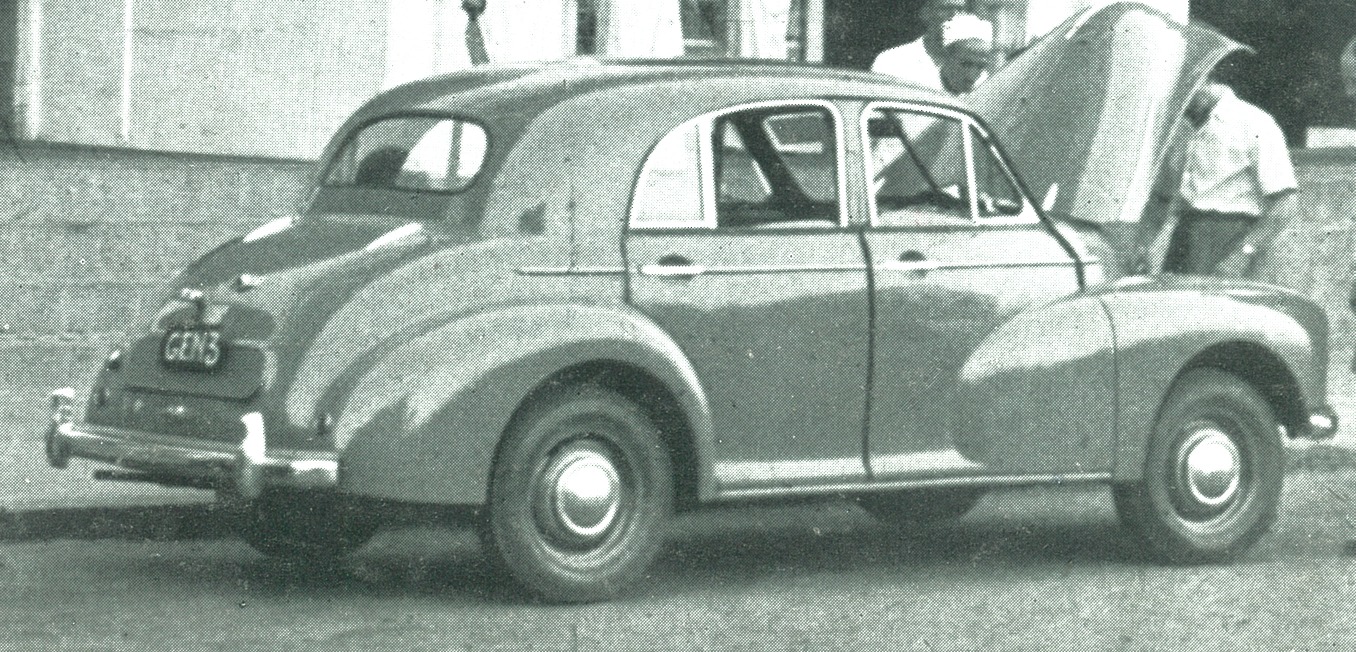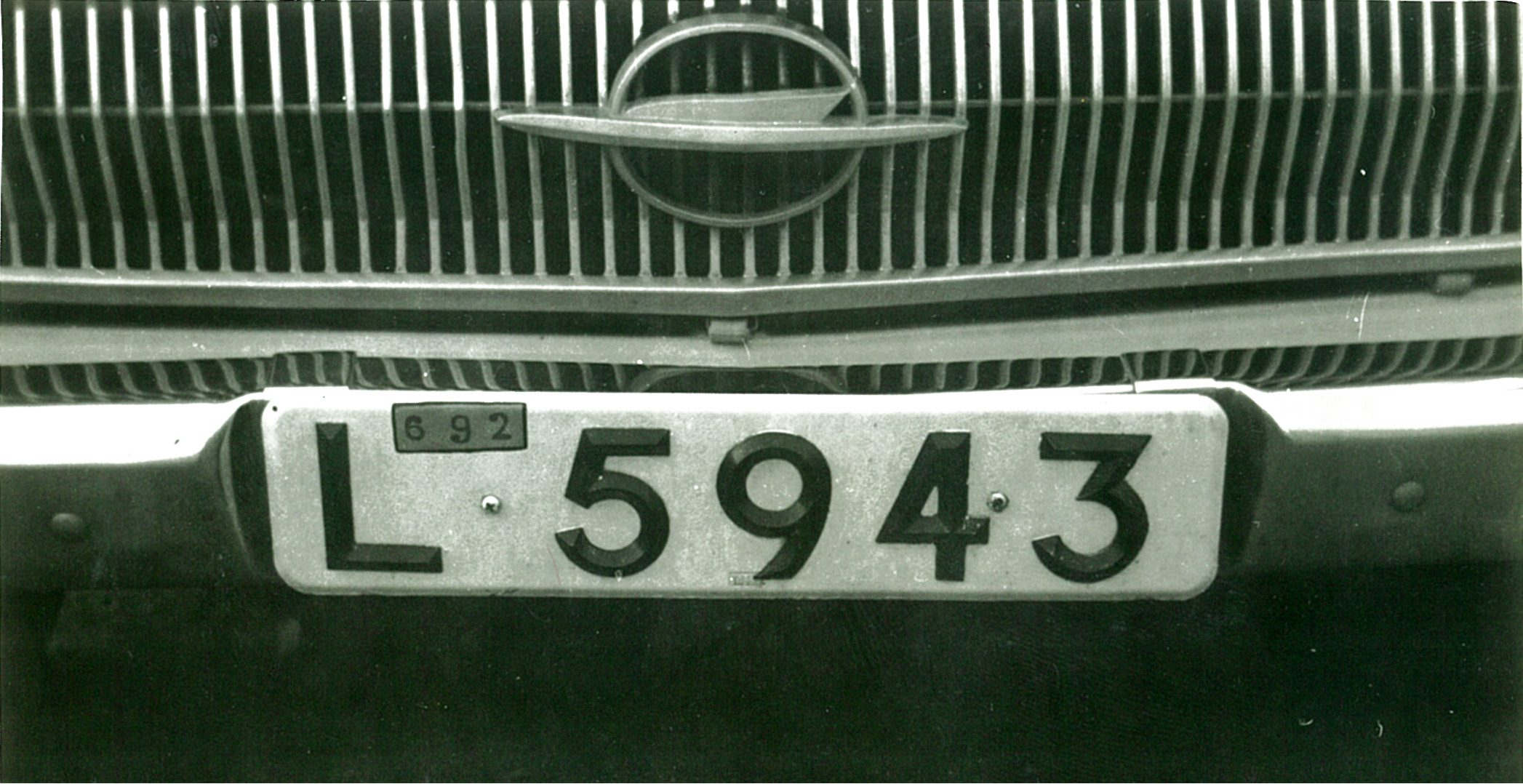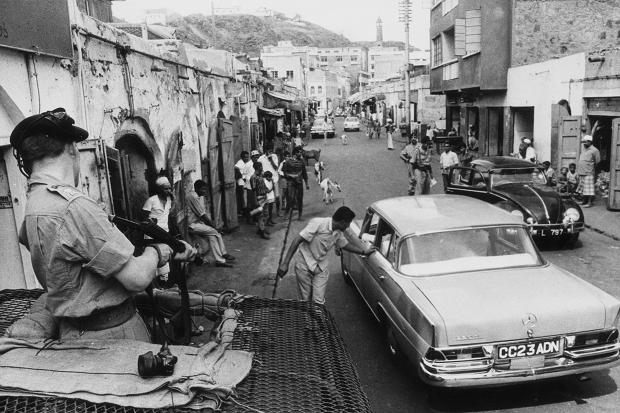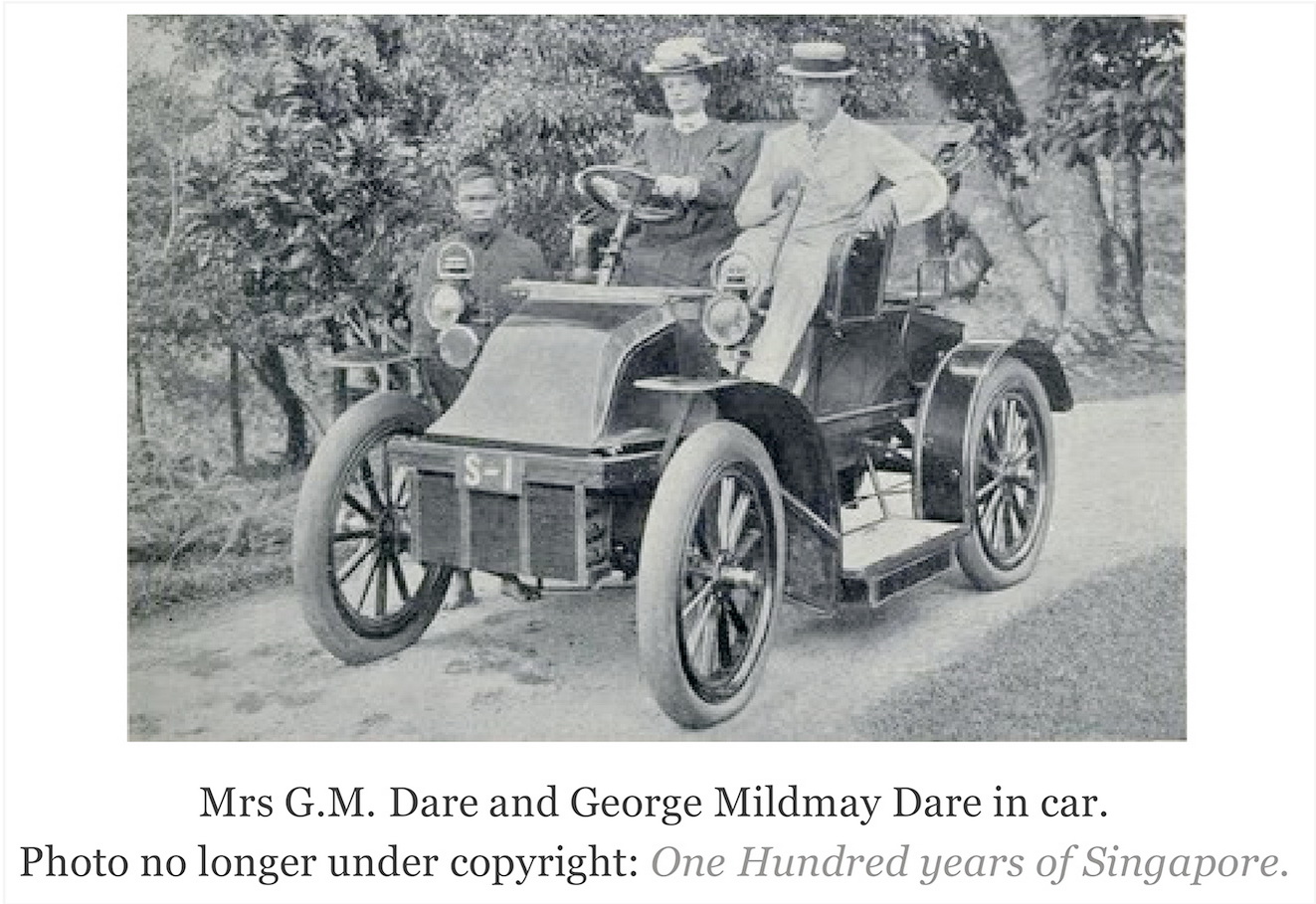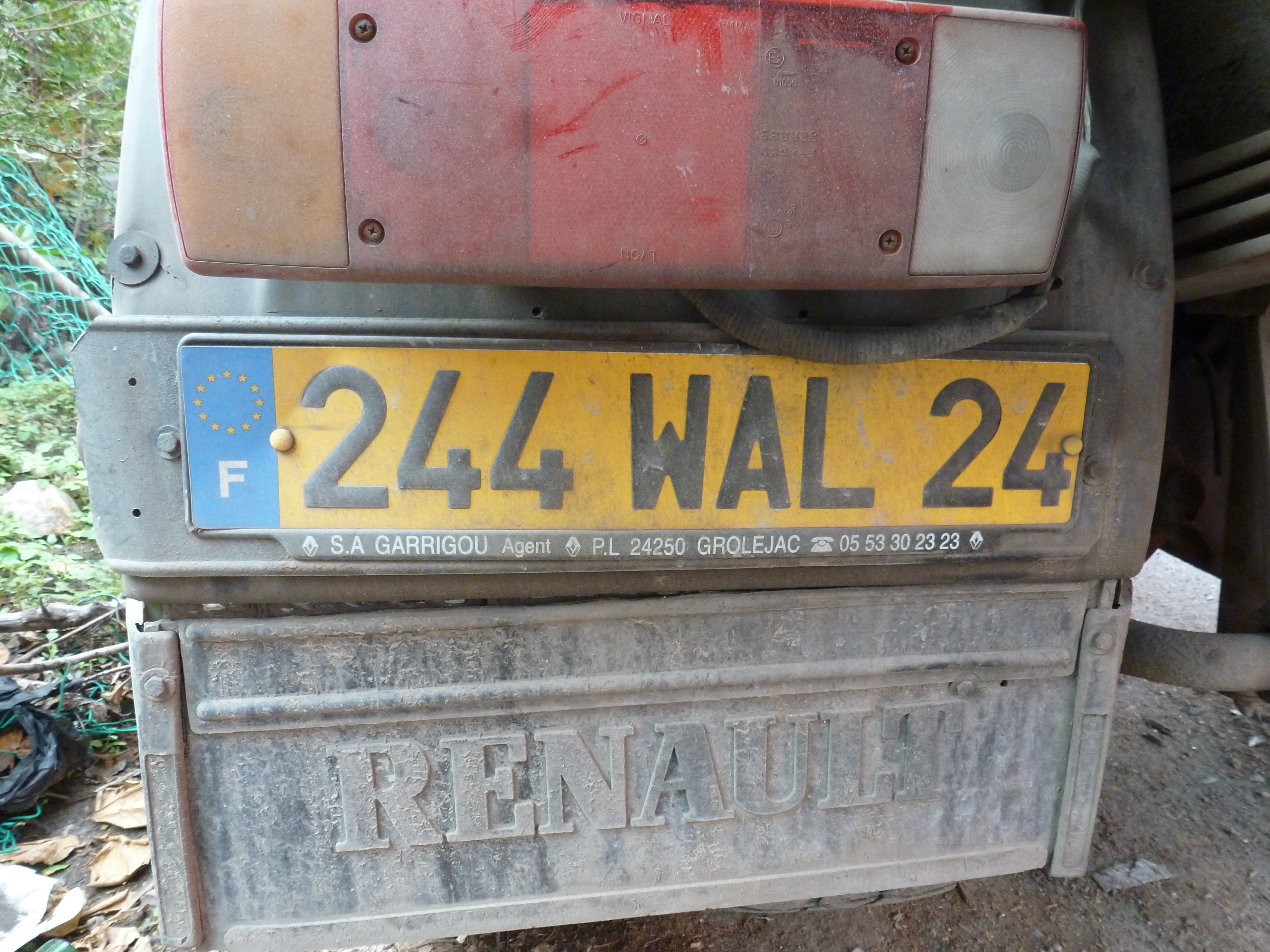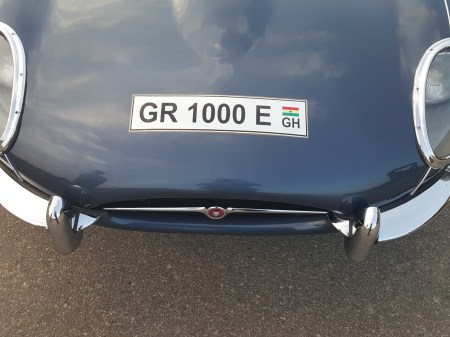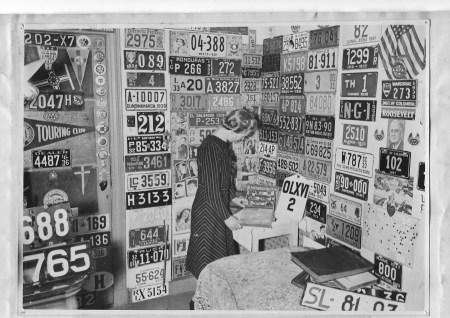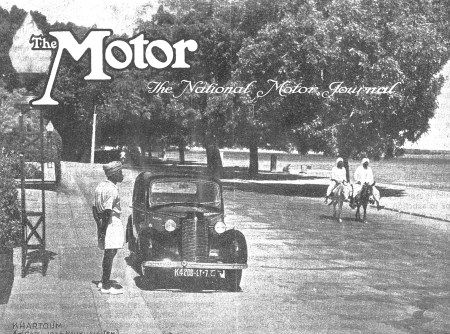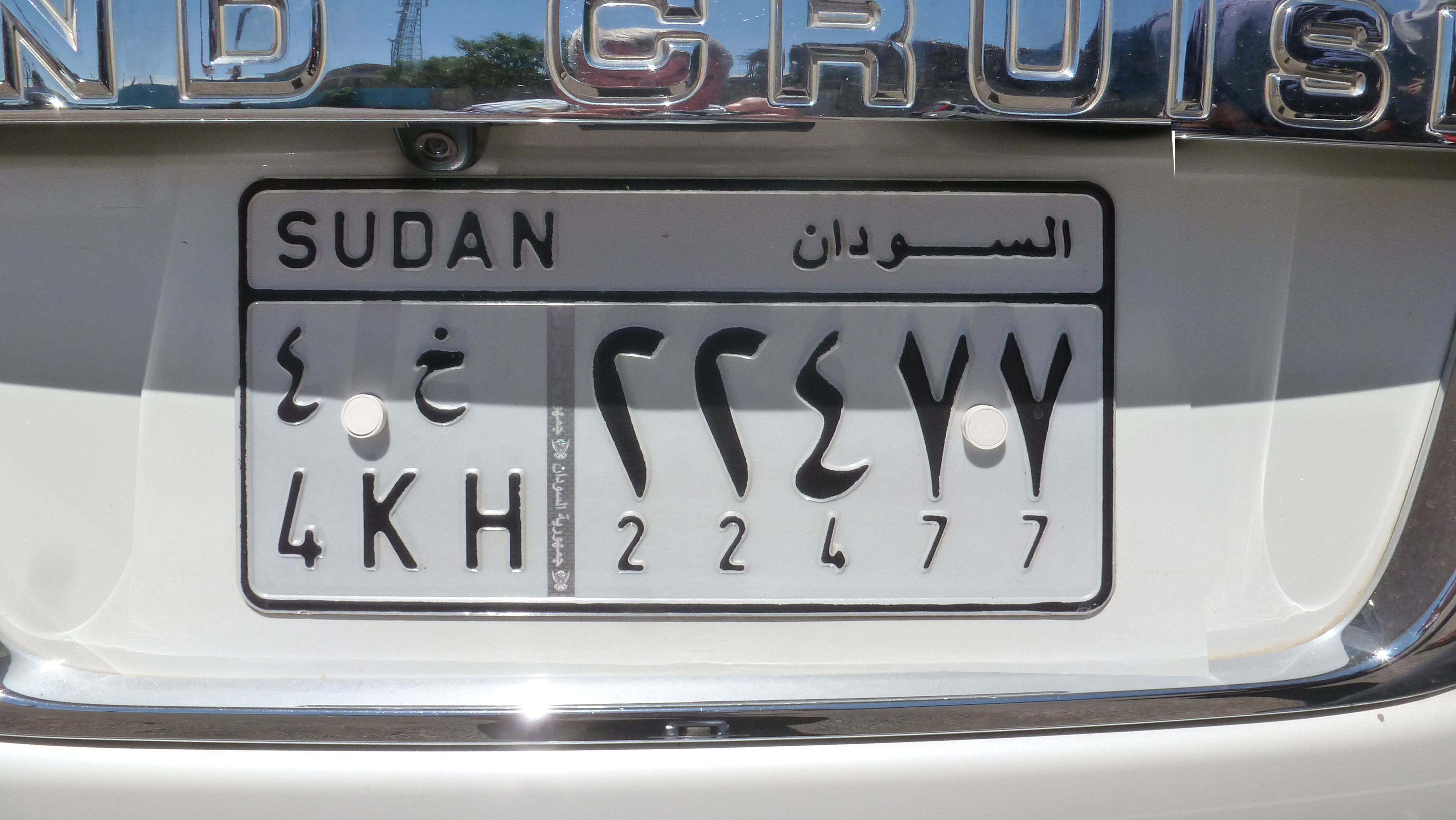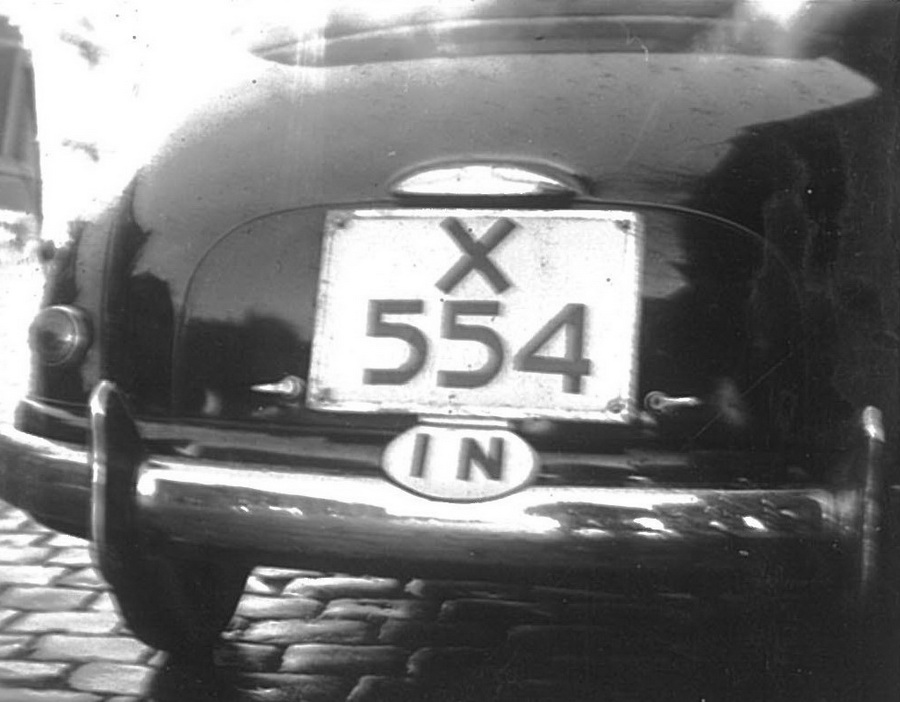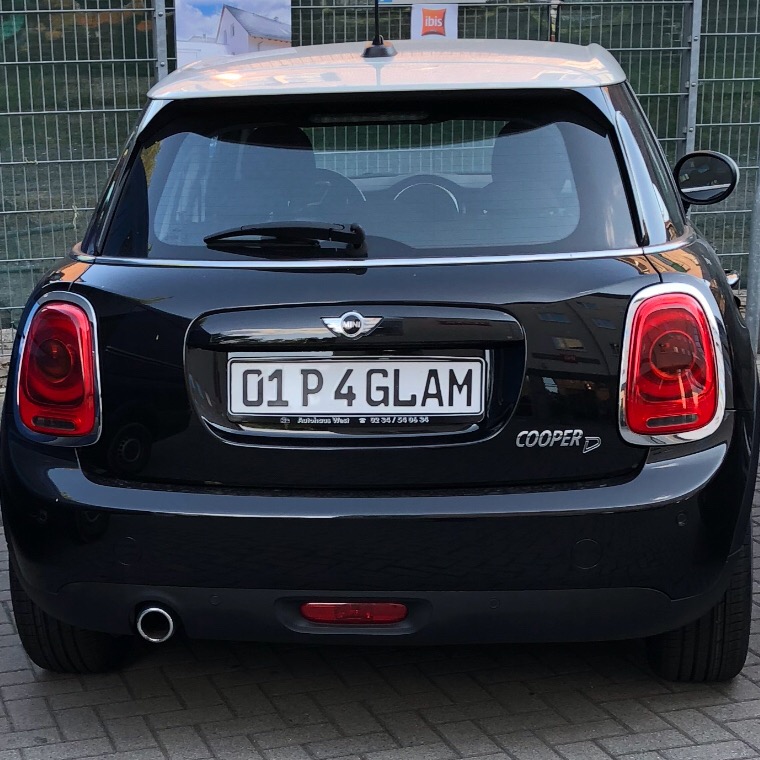Below is a typical page from our collection of 1920s-1970s albums created by that pioneer collector, Hollander Karel Stoel. There are thousands of such pages!
About half have now been dismantled into single images* and catalogued for easy access and comparison for future students of the historic plates period. Naturally, most of the typescript in the albums is in Dutch; maybe one day some English translations could be added. This is one of the USSR pages:
These pictures* are all part of the big Europlate Historic Archive, which is now at about the half-way point to completion. The period covered is from the first registrations up to the late 1970s. The photos and press-cuttings from which it is derived have been edited and sized with modern digital techniques and given explanatory titles which give the reader the:
- International circulation code for the country of origin, and –
- the state, area or city therein,
- the period during which that series was issued and
- the exact year of this example if it can be divined,
- the purpose for which the vehicle was licenced to operate, (by default, standard/private plates are not marked, as they are the most common),
- the registration,
- the plate colours where we thought they were needed,
- the make of vehicle if known,
- the place and time of image capture,
- the identification of the image owner and
- the last editor of the image.
Plus any other info of interest – so – quite long file-names – but it should save us all constantly looking-up details later.
18-month’s work has been done in the archive to date (2017)and great care taken to identify all these old registrations accurately. But there will have been many errors and the editors will be pleased to receive amendments and additional info from you all.
The website ‘key’ is now available to all current Europlate members and the site remains accessible to you while you remain a subscriber. If you are not yet a Europlate member, join our club below!
There are 18,273 images so far, in 517 folders, and taking 14.8 Gigabytes of space on Dropbox (2017). You do not have to subscribe to Dropbox – the key above gives you full access to VIEW it – but if you wished to download it for any reason, you would need considerable memory capacity in your computer (at least 16Gb.), or you would subscribe to a ‘Cloud’ memory system, such as Dropbox or Google. Most members will be happy to VIEW only, on demand. Saving the link as a shortcut on your desktop could be a good idea……..
We sure hope you enjoy it – it contains plate types we have only read of, and of types never previously known to exist, so it should amuse!
Just leave a message here on the Blog, if you would like to make observations of any sort.
Or email Vic Brumby on vicbrumby@gmail.com
VWB Eu0038



 Posted by Victor Brumby
Posted by Victor Brumby 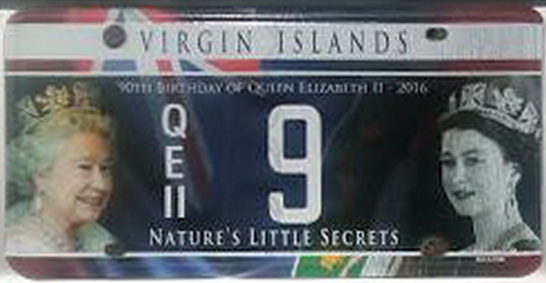
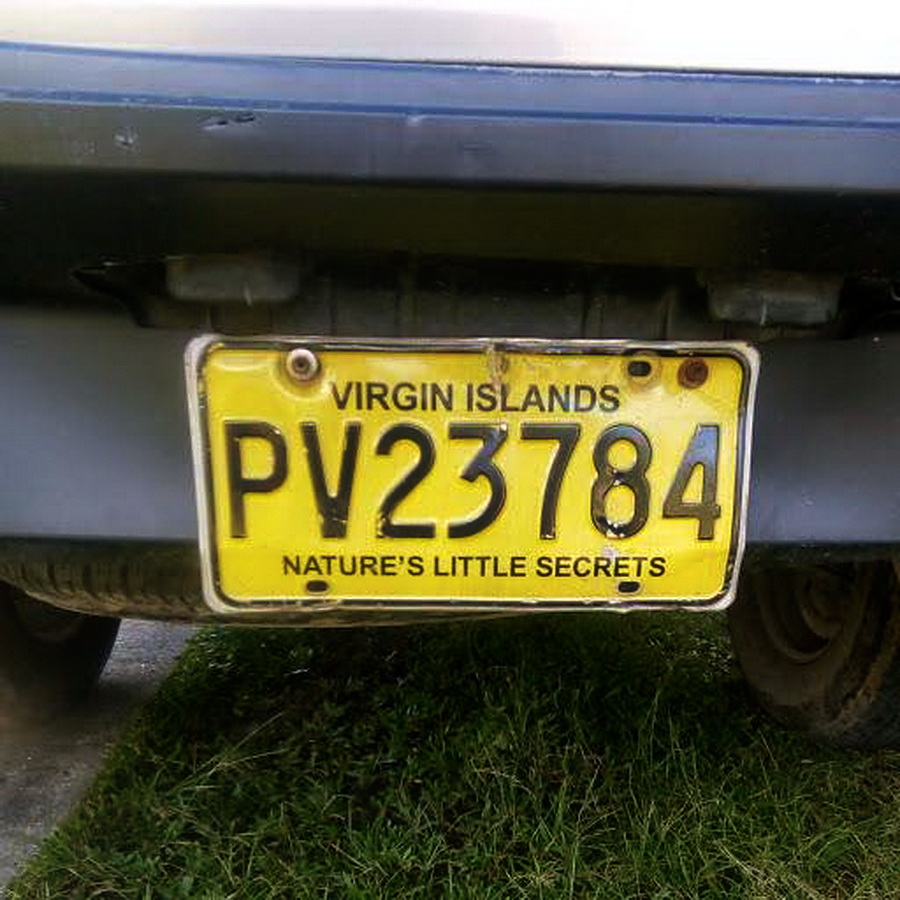


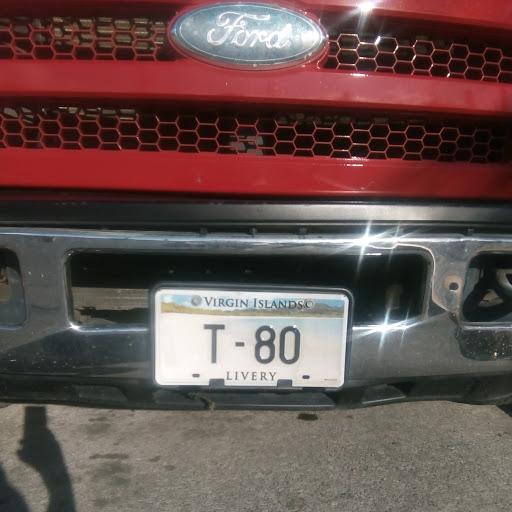



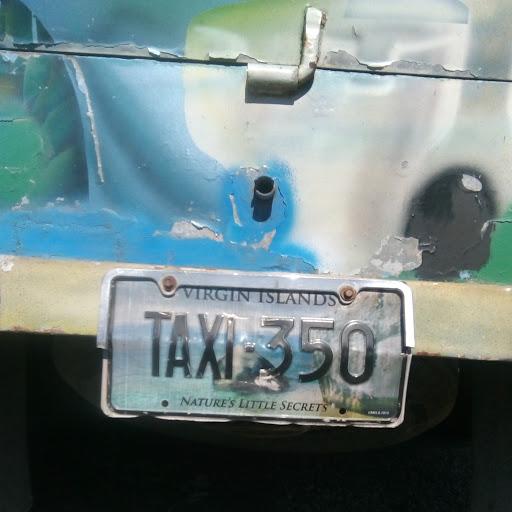
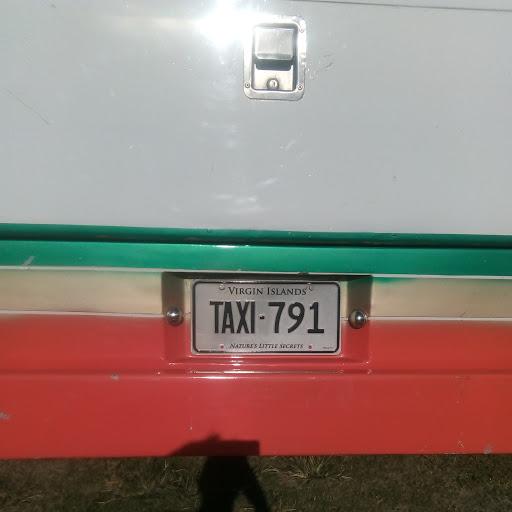

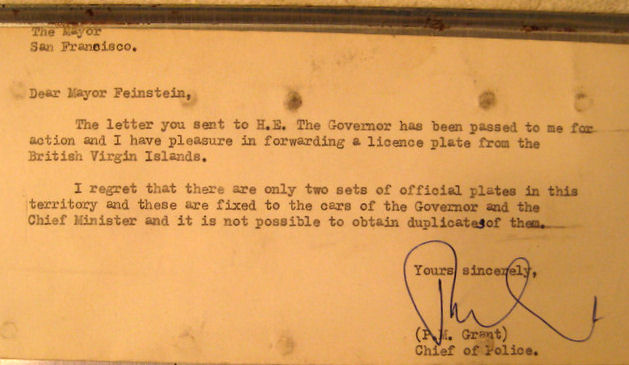

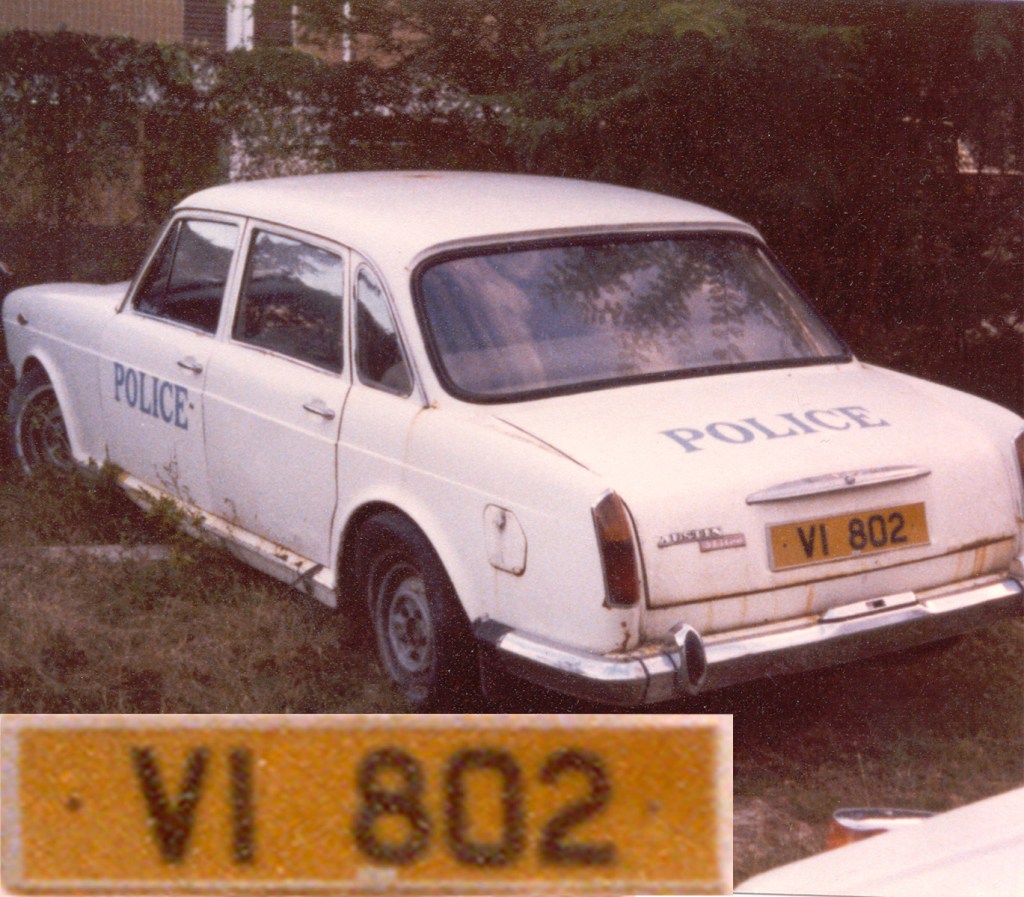




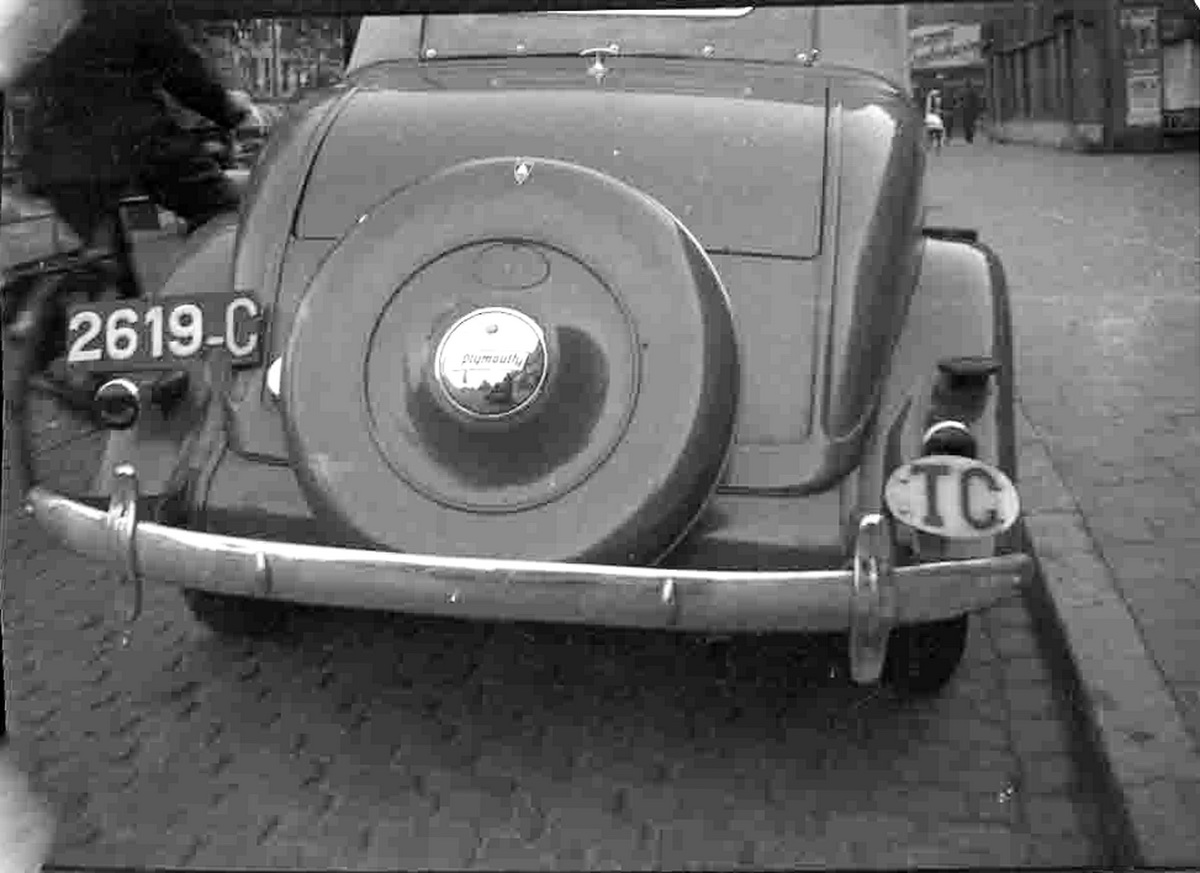
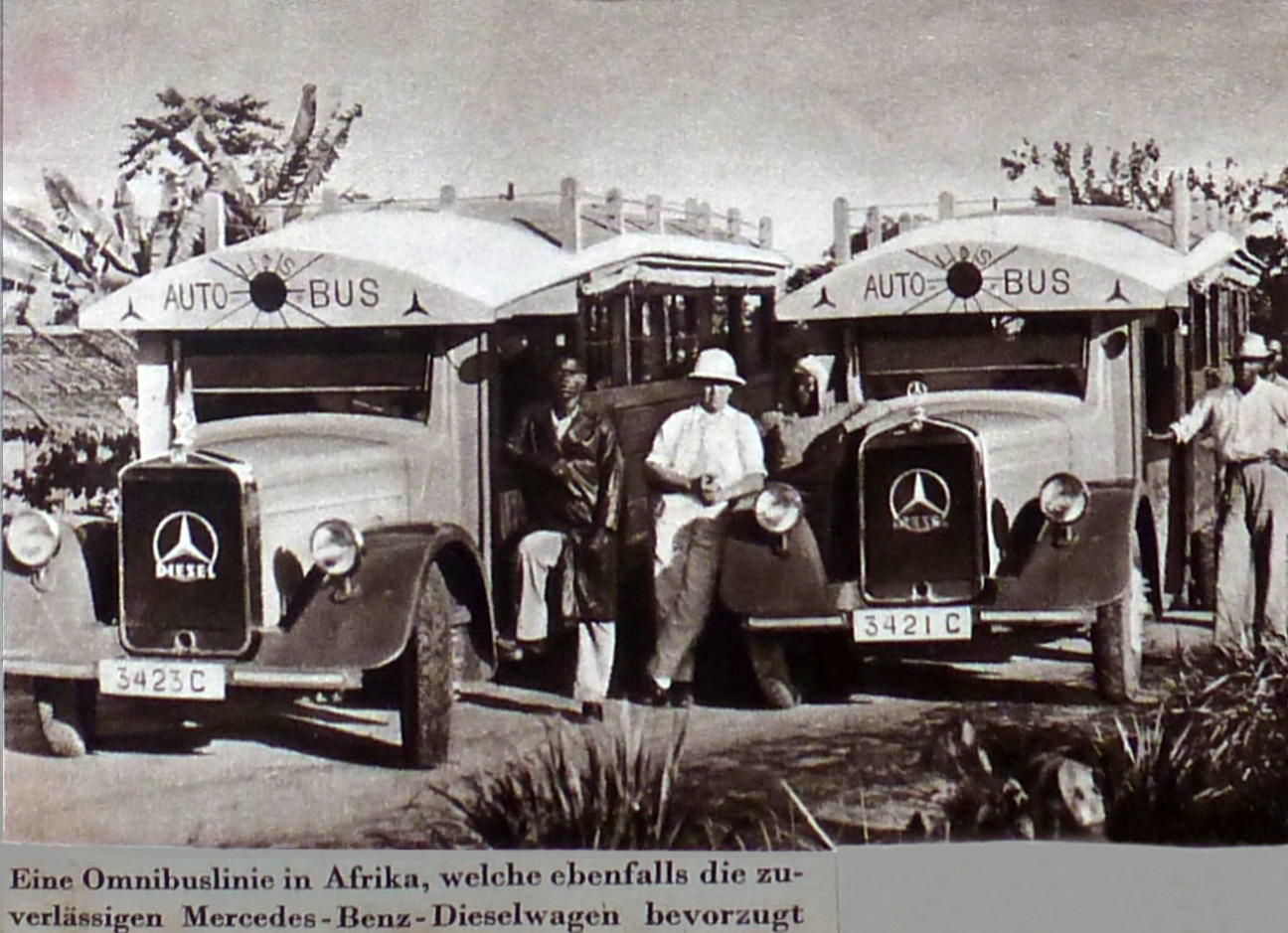


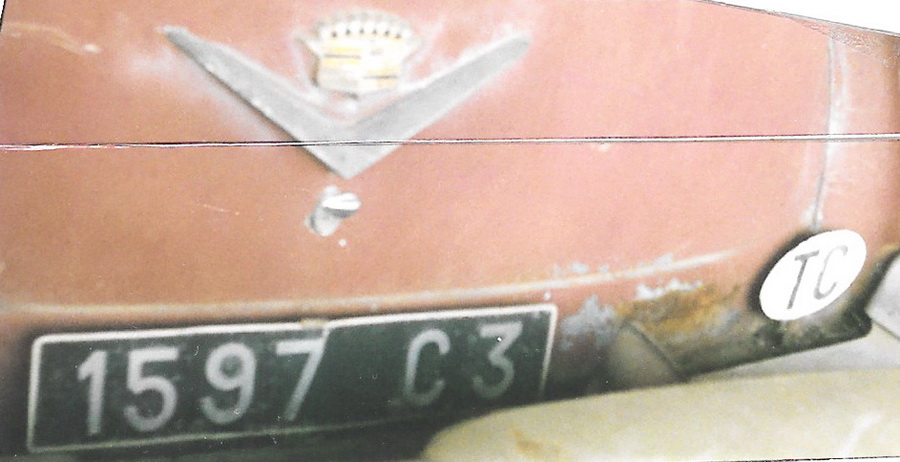
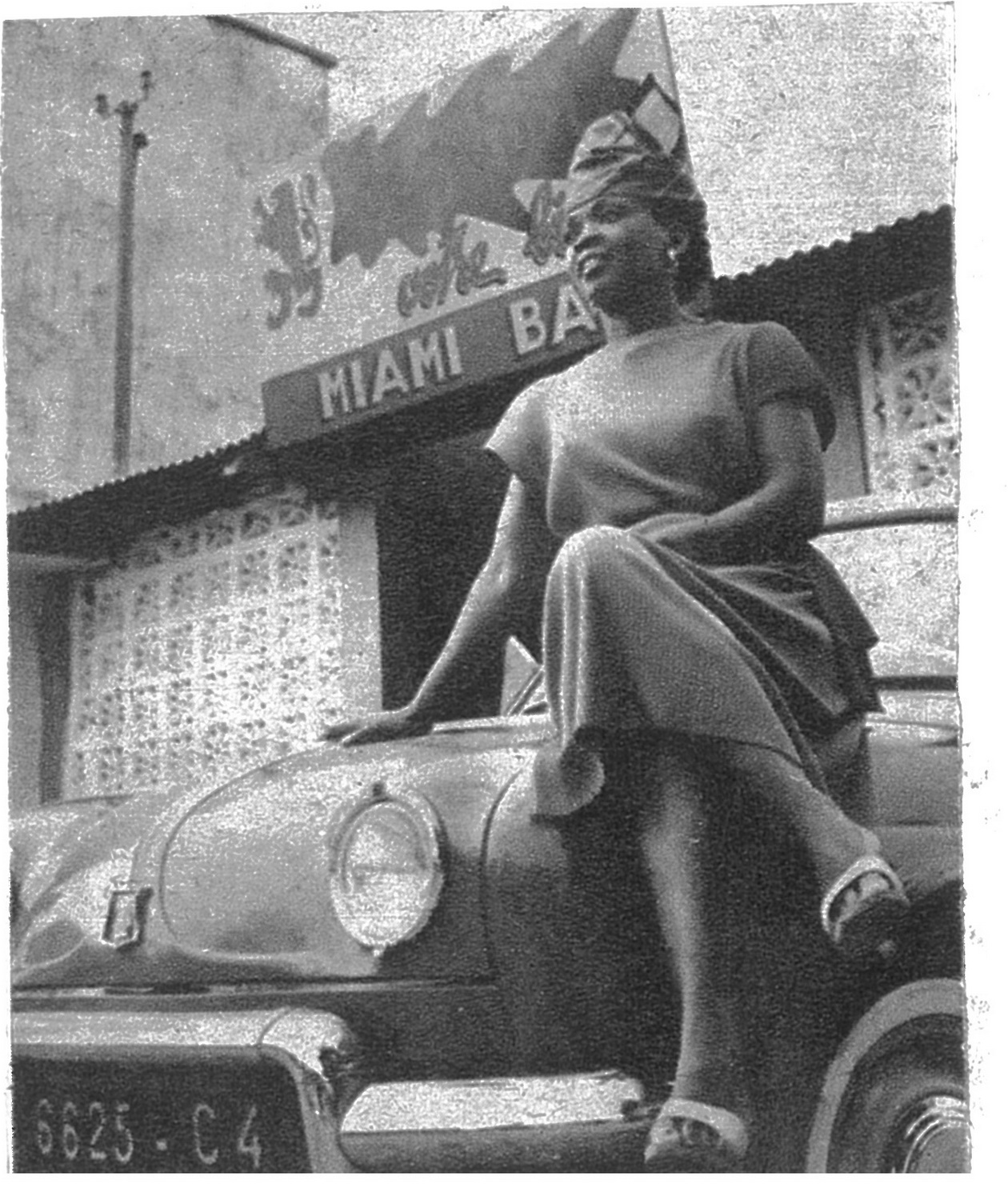
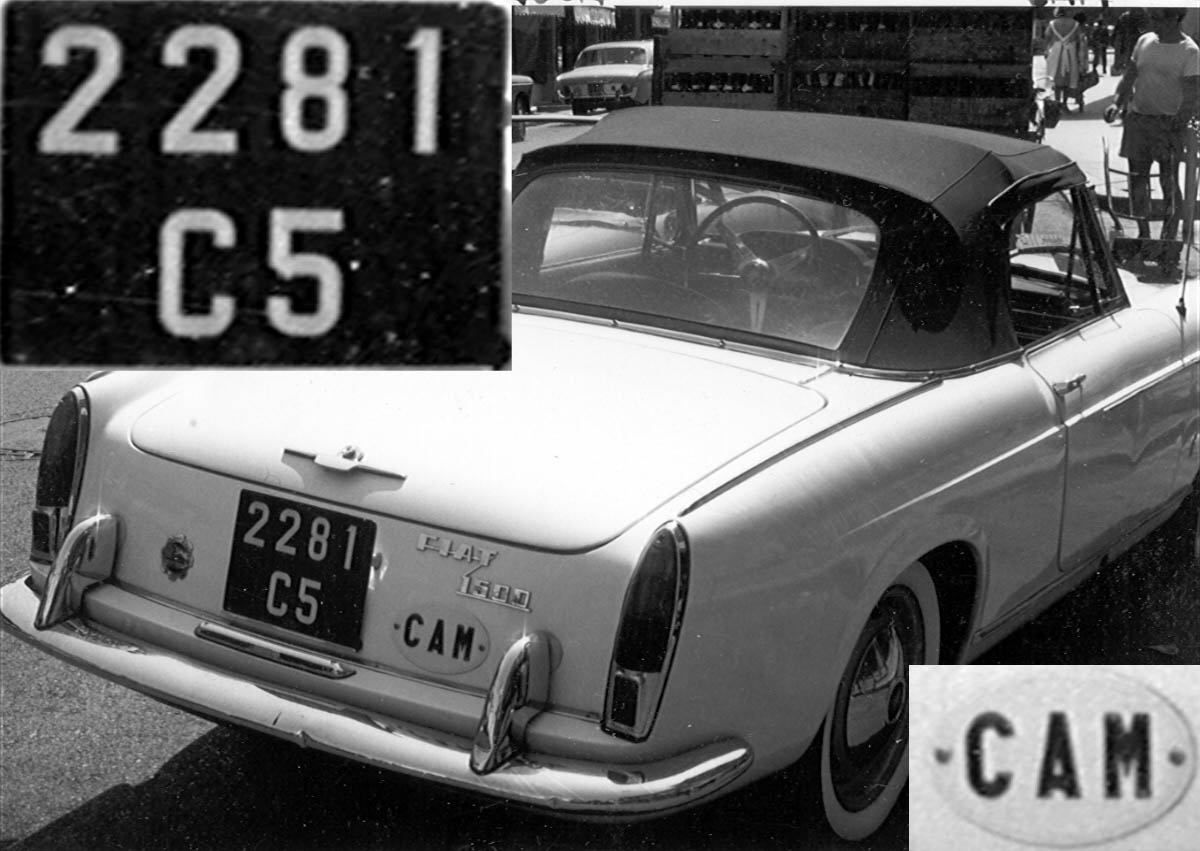
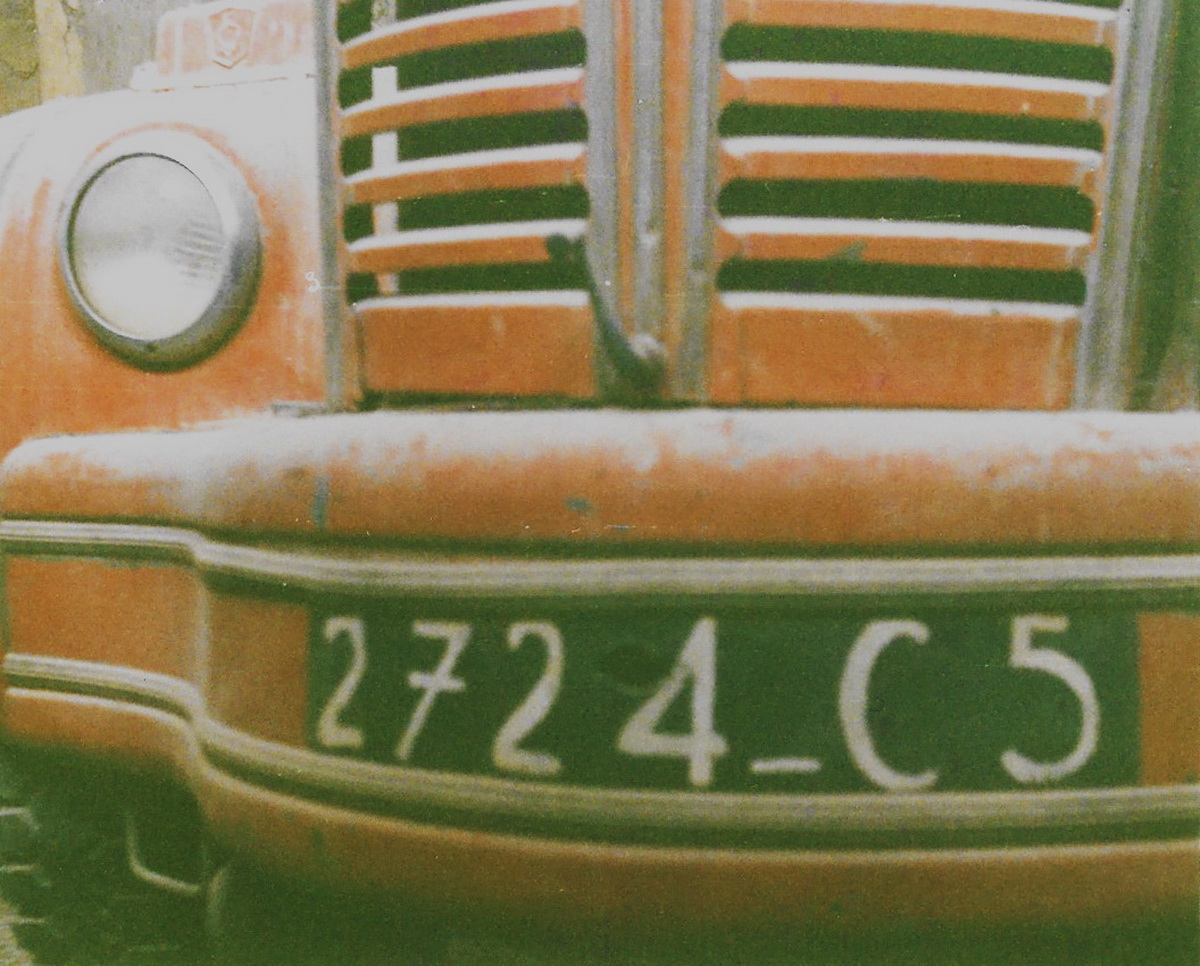
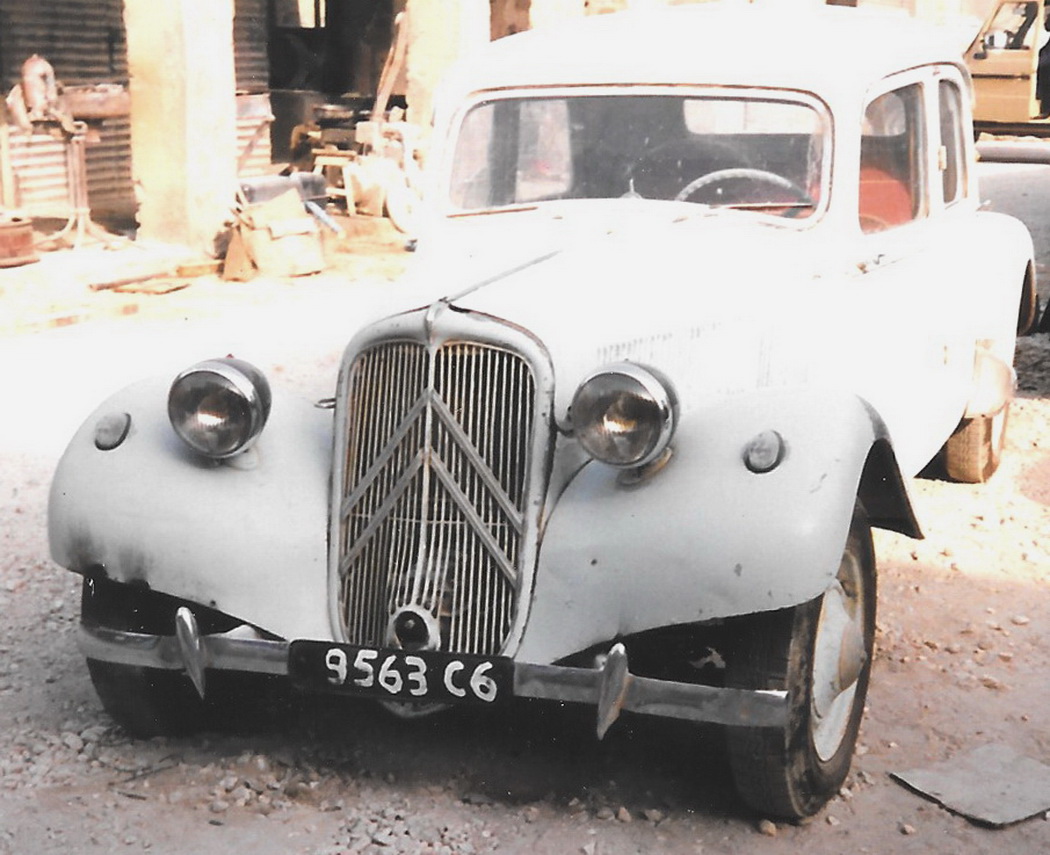

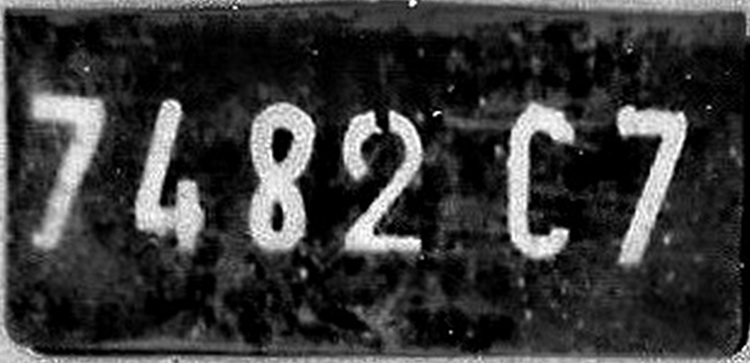
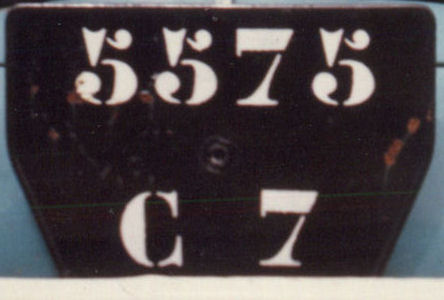



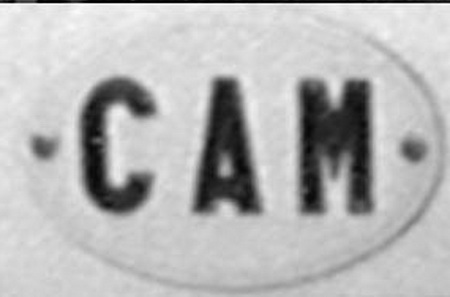







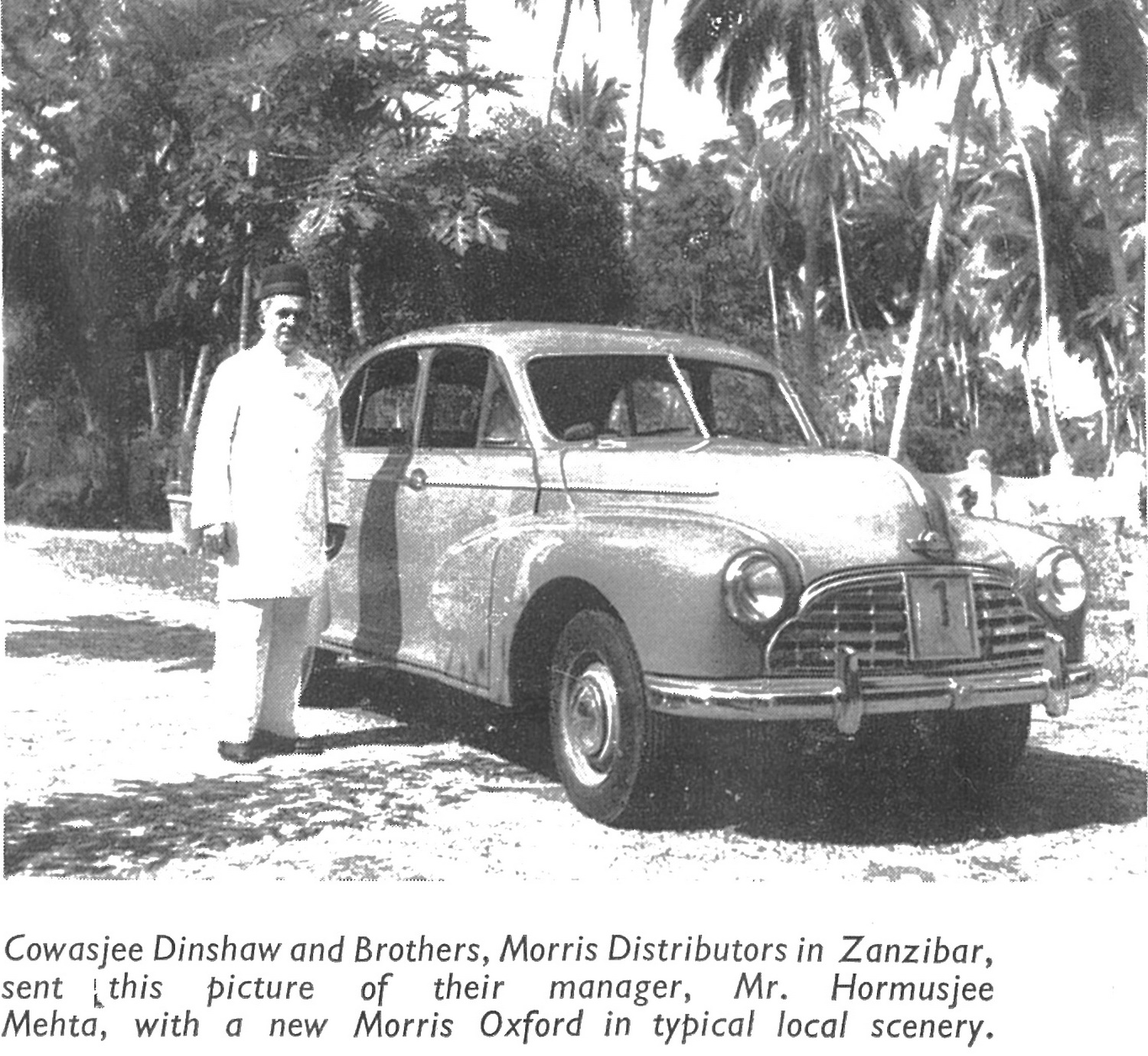
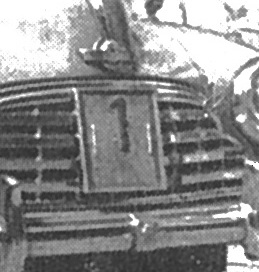
 (EAZ) — ZG 316 – Zanzibar Govt. – Who knew that the Zanzibar Government had its own issue? ZG 316 is inspected by the army in the 1960s. It’s on a Morris J2 minibus, surely an unsatisfactory model for the tough conditions of that unpaved island….
(EAZ) — ZG 316 – Zanzibar Govt. – Who knew that the Zanzibar Government had its own issue? ZG 316 is inspected by the army in the 1960s. It’s on a Morris J2 minibus, surely an unsatisfactory model for the tough conditions of that unpaved island….

